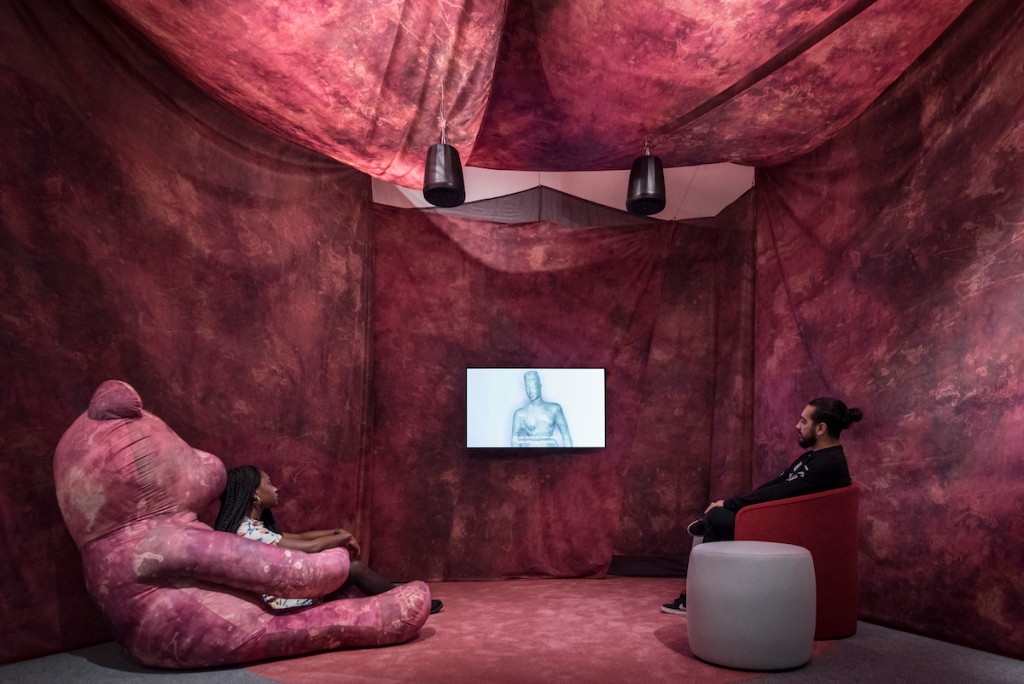[ad_1]
This year’s awarding of the Turner Prize, one of Europe’s premier art awards, became one of the many art events that were altered drastically when Tate, the British museum network that facilitates it, reconstituted the prize in light of the coronavirus pandemic. In lieu of the main £25,000 ($32,200) award, 10 artists and collectives are taking home what are being called Turner Bursaries awards of £10,000 ($12,500).
Each winner is based in the United Kingdom, and each was recently the subject of an important exhibition. Half of the winners this time are nonwhite, and as usual for the Turner Prize, which often skews toward conceptual art, most do not work in traditional mediums such as painting and sculpture.
Alex Farquharson, who chaired the jury for the awards and is the director of Tate Britain in London, said in a statement, “Following a lively and rigorous virtual debate, the jury has settled on a list of 10 fantastic artists who reflect the exceptional talent found in contemporary British art. From ceramics to film, performance to photography, they represent the many exciting and interdisciplinary ways that artists work today.”
Below, a look at the winners of the inaugural group of Tate Bursaries.
– Arika, an organization focused on spurring on social change through art-themed events.
– Liz Johnson Artur, a photographer who produces lush images focus on the Black British community.
– Oreet Ashery, whose work in a variety of mediums relies on feminist theory, postcolonial studies, queer theory, and more to think through the relationship between life and art.
– Shawanda Corbett, whose pottery and performances draw out connections between bodies and the objects around them.
– Jamie Crewe, whose music and filmmaking takes as their subject notions related to gender and power.
– Sean Edwards, whose sculptural work about the hidden histories of objects and spaces recently appeared at the Welsh Pavilion in the 2019 Venice Biennale.
– Sidsel Meineche Hansen, whose provocative digital works shine a light on the ways new technology has shifted understandings of gender and sexuality.
– Ima-Abasi Okon, whose sound sculptures and videos rely on materials related to the Black diaspora.
– Imran Perretta, whose celebrated films explore new modes of surveillance on oppressed communities.
– Alberta Whittle, whose work in video, sculpture, performance, and more takes anti-Blackness in its many forms as its subject.
[ad_2]
Source link


